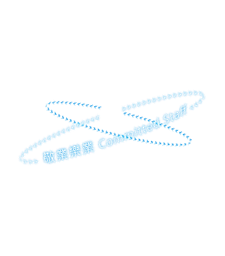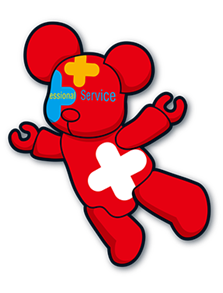Authors (including presenting author) :
LIN WN(1), YUEN YY (1)(2)
Affiliation :
(1) Accident & Emergency Department, Yan Chai Hospital
Introduction :
1. IPMOE was implemented in ALL YCH wards except A&E “O” ward since late 2015. Drug safety was greatly enhanced. A&E “O” ward is the lone loophole in our hospital. 2. OPMOE will be the ultimate solution for the above-mentioned drug safety issue in “O” ward. However, there is significant time lag (years) for OPMOE to be ready for use. 3. AMOE is a possible alternative to fill up the gap before OPMOE is ready.
Objectives :
1. Similar to IPMOE, drug ordered through AMOE will be crossed check with patient’s drug allergy and adverse reaction record. Drug safety is expected to be enhanced. 2. Dosage issue due to illegible handwriting will be avoided. 3. MAR amendment due to illegible handwriting will be avoided. 4. Time used for A&E doctor to order drug via AMOE will be significantly shortened.
Methodology :
1. Introducing AMOE to YCH A&E department. 2. AMOE can help doctor to generate an electronic MAR (e-MAR) printout. Similar to IPMOE, drug allergy and drug adverse reaction will be cross checked in the system. 3. e-MAR printout will be used in the first time drug prescription in YCH “O” ward. For subsequent drug prescription/amendment in YCH “O” ward, original MAR forms will still be used due to the existing limitation of AMOE. 4. Details including workflow, changes and potential advantages and limitations of AMOE will be briefed to ALL medical and nursing staffs to ensure successful and smooth transition from present practice to the new practice.
Result & Outcome :
2. Time saved (drug ordering, amendment, re-order) 3. Staff satisfaction survey including medical/nursing and allied health staff. a. 1st time drug prescription in O ward: > 90% usage of the AMOE. b. >90% of medical staffs have positive response to the AMOE. c. >90% of nursing staffs have positive response to the AMOE. d. Positive response from pharmacy colleagues.








